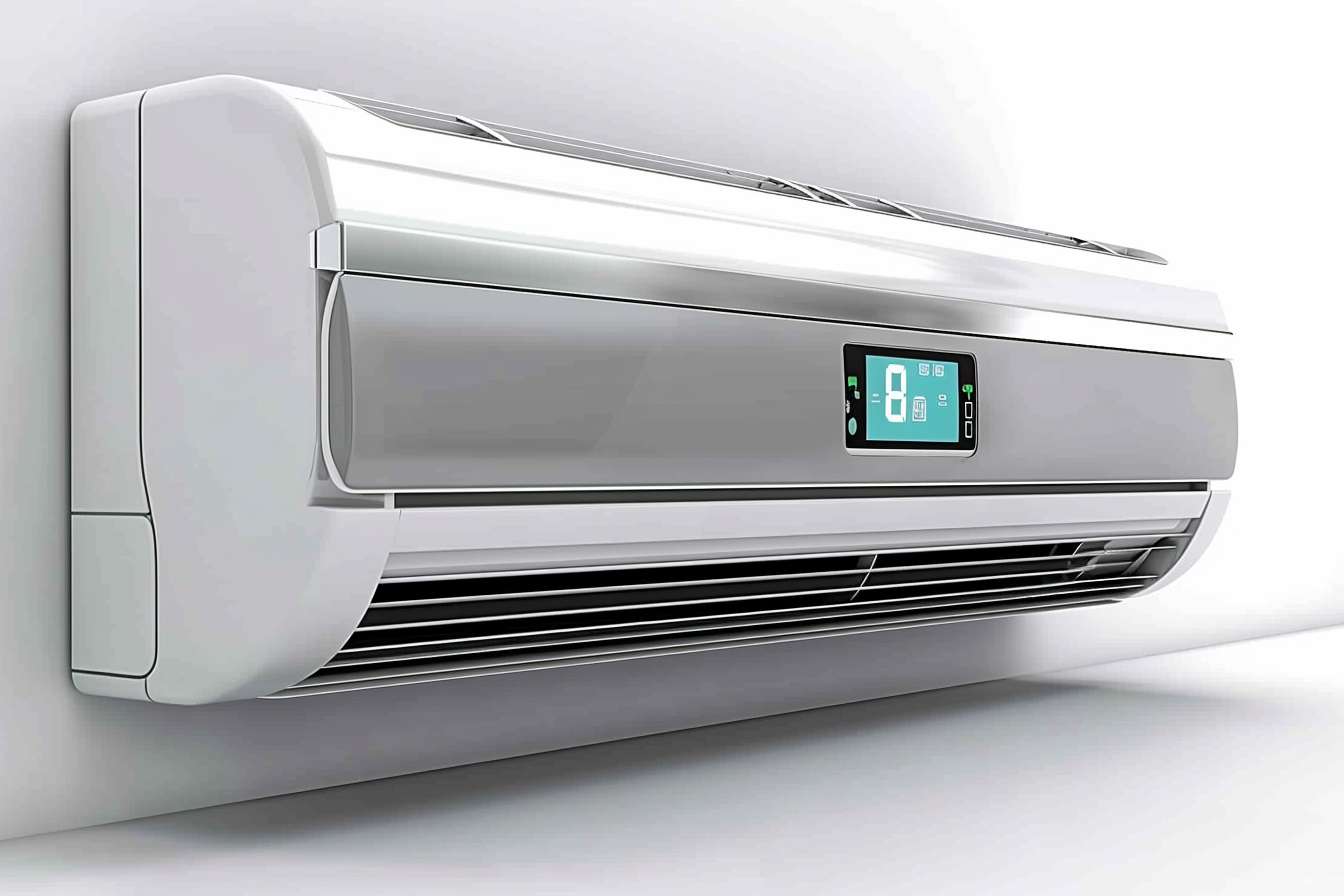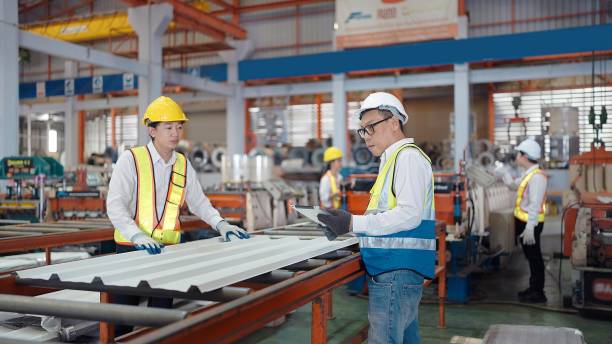What to Consider When Choosing the Right Air Conditioner
Selecting the perfect air conditioning system for your home involves careful evaluation of multiple factors that directly impact comfort, energy consumption, and long-term costs. From understanding your space requirements to comparing different cooling technologies, making an informed decision requires knowledge of key performance indicators, installation considerations, and maintenance requirements that will affect your investment for years to come.

Choosing an air conditioner is a significant investment that affects your home’s comfort and energy bills for many years. Understanding the essential factors before making this purchase can save you money, ensure optimal cooling performance, and prevent costly mistakes that many homeowners make when rushing into a decision.
Key Factors to Evaluate Before Buying an Air Conditioner
Room size stands as the most critical factor in air conditioner selection. Measuring your space accurately determines the cooling capacity needed, typically expressed in British Thermal Units (BTUs). A unit too small will struggle to cool effectively, running constantly and increasing energy costs. Conversely, an oversized unit cycles on and off frequently, failing to remove humidity properly and creating uncomfortable temperature fluctuations.
Energy efficiency ratings significantly impact long-term operating costs. The Seasonal Energy Efficiency Ratio (SEER) indicates how efficiently a unit operates over an entire cooling season. Higher SEER ratings translate to lower electricity bills, though units with better efficiency typically carry higher upfront costs that pay for themselves through reduced energy consumption over time.
How Different Types of Air Conditioners Compare
Window units offer the most affordable entry point for single-room cooling, requiring minimal installation and providing immediate relief. However, they block natural light, may not fit all window types, and can be noisy during operation. Maintenance involves regular filter cleaning and seasonal removal for storage.
Split systems provide quieter operation with indoor and outdoor components connected by refrigerant lines. Installation requires professional service and wall mounting, but these systems offer better aesthetics and cooling distribution. Maintenance includes both indoor filter changes and outdoor unit cleaning.
Central air conditioning systems cool entire homes through existing ductwork, providing consistent temperatures throughout multiple rooms. Installation costs are highest, requiring extensive ductwork modifications in homes without existing systems. Maintenance involves regular filter changes, duct cleaning, and professional tune-ups.
Portable units offer flexibility for renters or temporary cooling needs, requiring only a window for exhaust hose placement. While easy to install, they typically consume more energy than other options and may struggle with larger spaces.
Important Tips for Selecting the Right System
Calculating proper sizing involves more than square footage measurements. Ceiling height, insulation quality, window placement, and local climate conditions all influence cooling requirements. Rooms with large windows facing south or west need additional capacity, while well-insulated spaces with minimal sun exposure may require less cooling power.
Consider your home’s electrical capacity before purchasing. Larger air conditioning systems may require electrical upgrades, adding to installation costs. Consulting with an electrician ensures your home can safely support your chosen system without overloading circuits.
Noise levels matter significantly for bedroom installations or noise-sensitive environments. Decibel ratings help compare units, with quieter models typically costing more but providing better comfort during sleep or work activities.
| Air Conditioner Type | Provider/Brand | Cost Estimation | Key Features |
|---|---|---|---|
| Window Unit (8,000 BTU) | Frigidaire, LG, GE | $200-$400 | Easy installation, affordable |
| Split System (12,000 BTU) | Mitsubishi, Daikin, Carrier | $1,500-$3,000 | Quiet operation, energy efficient |
| Central Air (3-ton) | Trane, Lennox, Rheem | $3,000-$7,000 | Whole-home cooling, ductwork required |
| Portable Unit (10,000 BTU) | Whynter, Honeywell, Black+Decker | $300-$600 | Flexible placement, no permanent installation |
Prices, rates, or cost estimates mentioned in this article are based on the latest available information but may change over time. Independent research is advised before making financial decisions.
Installation requirements vary dramatically between air conditioner types. Window units typically require no professional installation, while split systems need refrigerant line installation and electrical connections that require licensed technicians. Central air systems involve the most complex installation, potentially requiring ductwork modifications and electrical upgrades.
Warranty coverage provides important protection for your investment. Most manufacturers offer parts warranties ranging from five to ten years, with labor coverage typically shorter. Extended warranties may be available through retailers or manufacturers, though carefully reviewing coverage terms helps determine their value.
Maintenance schedules directly impact system longevity and efficiency. Regular filter changes, annual professional inspections, and keeping outdoor units clear of debris ensure optimal performance. Neglecting maintenance voids warranties and leads to premature system failure.
Selecting the right air conditioner requires balancing upfront costs with long-term operating expenses while considering your specific cooling needs and home characteristics. Taking time to evaluate these factors ensures you choose a system that provides reliable comfort and reasonable energy costs for years to come.




